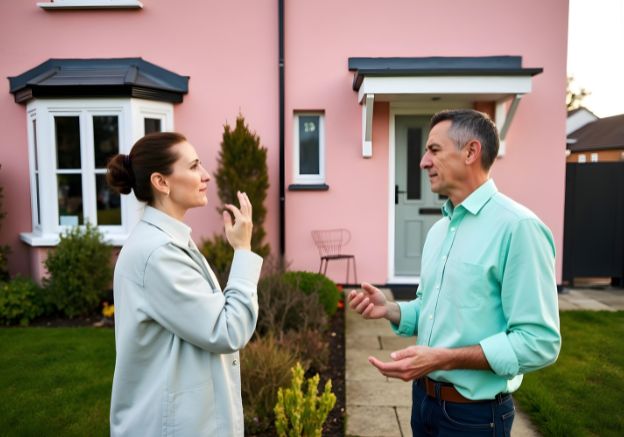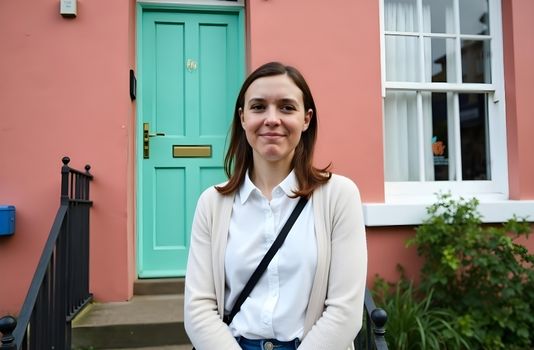No matter if you are an experienced landlord or investing in your first Buy-to-Let mortgage, our buy-to-let mortgage brokers are here to help.

Buy-to-let mortgage brokers
Unlock your property investment goals with The Mortgage Centres. Our specialist buy-to-let mortgage brokers are here to connect you with the perfect Buy-to-Let mortgage for your unique needs.
Mortgages tailored for property professionals.
Do you qualify? Only takes a few minutes, NO CREDIT CHECKS!
Buy-to-let mortgage brokers: Your guide
Buy-to-let mortgages are loan secured on a property that has been purchased with the intention of renting it out. For full details on landlord responsibilities, you can check official UK government guidance. It cannot be used as a residential home.
Buy-to-let mortgage rates and fees differ from those for a standard residential mortgage, as do lender’s eligibility criteria. This is usually based on the buyer’s circumstances and the determined income generated by the property.
Finding a lender with a product and criteria that match your situation can be quite complex and time-consuming. So, consulting with a buy-to-let mortgage broker can make the process a little more straightforward.


Specialist buy-to-let mortgages
How much could you borrow?
Fill out a few details to see if you are eligible for a buy-to-let mortgage with NO effect on your credit score!
Mortgage advisors you can really trust
Finding the right mortgage can be overwhelming, but The Mortgage Centres team is here to help. We offer tailored solutions for first-time buyers, remortgages, and investors, guiding you every step of the way.
Let’s talk
Our team will aim to get back to you within 24 hours.
0330 0945876 Standard network rate
[email protected]
"*" indicates required fields









